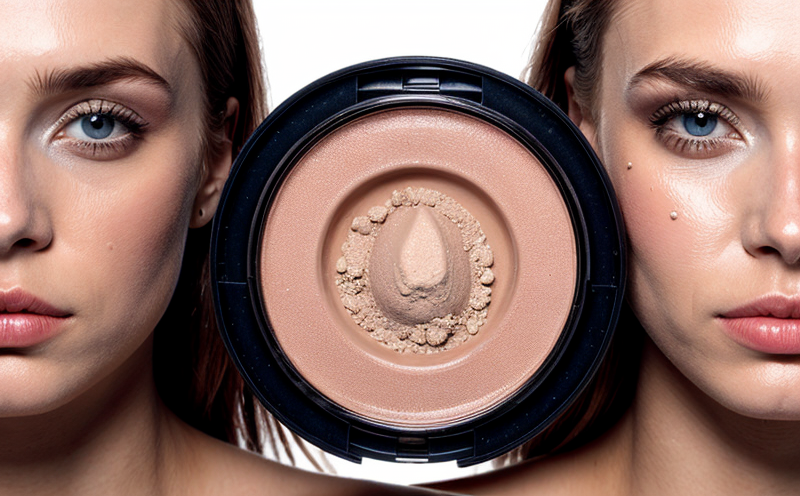Mercury Compound Detection in Cosmetic Creams
The detection of mercury compounds in cosmetic creams is a critical aspect of ensuring product safety and compliance with international standards. Quality managers, compliance officers, R&D engineers, and procurement specialists must be aware that even trace amounts of mercury can pose significant health risks to consumers. This service involves the rigorous analysis of cosmetic creams to identify the presence of mercury compounds, which are strictly regulated in many jurisdictions.
The process begins with the careful selection of samples from various batches of cosmetic creams. The specimens undergo a series of preliminary checks to ensure they meet the required standards for further testing. Once selected, these samples are prepared using appropriate methods that vary depending on the specific type of cream and its formulation. This can include homogenization or extraction processes designed to release any mercury compounds present.
Advanced analytical techniques are then employed to detect trace levels of mercury. Techniques such as Inductively Coupled Plasma Mass Spectrometry (ICP-MS) and Atomic Absorption Spectroscopy (AAS) are commonly used for this purpose. These instruments provide highly accurate results, which are crucial for meeting regulatory requirements. The choice of method depends on factors like the expected concentration range and the specific needs of the client.
The testing process is meticulously documented to ensure transparency and traceability. This includes detailed records of sample preparation, analytical procedures, and final results. Compliance officers can use this information to verify that all tests were conducted in accordance with established protocols. The data generated from these analyses are then compiled into comprehensive reports tailored to the needs of each client.
Compliance with international standards is paramount. Regulatory frameworks like those set by the European Union, United States FDA, and others have strict limits on mercury content in cosmetics. Failure to meet these regulations can lead to product recalls, legal penalties, and damage to brand reputation. Our service ensures that clients stay ahead of regulatory changes and maintain compliance at all times.
In summary, detecting mercury compounds in cosmetic creams is a multifaceted process that requires precision, expertise, and adherence to stringent standards. By leveraging advanced analytical techniques and thorough documentation practices, we provide reliable results that help ensure the safety and integrity of cosmetic products.
Applied Standards
| Standard | Description |
|---|---|
| ISO 17025 | General requirements for the competence of testing and calibration laboratories. |
| ASTM E1623-18 | Standard test method for the determination of mercury in cosmetic products by cold-vapor atomic absorption spectrophotometry (CV-AAS). |
| EN 14795:2005 | Hygienic requirements for cosmetic products. |
| IEC 62321-18 | Electrical equipment and systems in medical applications - Particular requirements for the safety of personal care electrical devices. |
| US FDA 21 CFR § 73.400 | Mercury compounds used as color additives. |
Scope and Methodology
The scope of our mercury compound detection service encompasses a wide range of cosmetic creams, including those that contain various types of ingredients. The methodology involves several key steps:
Selecting representative samples from different batches to ensure broad coverage.
Preparing the samples using appropriate methods to release any mercury compounds present.
Conducting analyses using advanced instruments such as ICP-MS and AAS.
Documenting all steps of the process for transparency and traceability.
Compiling results into comprehensive reports tailored to client needs.
This approach ensures that every aspect of the testing process is thoroughly documented, providing a clear record of compliance with international standards. Compliance officers can use this information to verify adherence to protocols and ensure ongoing product safety.
International Acceptance and Recognition
- The European Union's Cosmetics Regulation (EC) No 1223/2009
- FDA’s Code of Federal Regulations Title 21, Part 73.400
- The International Organization for Standardization (ISO) standards related to testing and calibration laboratories.
- World Health Organization guidelines on the use of mercury in cosmetics.
Our service is recognized by these international bodies and organizations, ensuring that clients receive results that are accepted globally. This recognition adds credibility to our findings and helps ensure consistent compliance across different jurisdictions.





